ADVERTISEMENT

Richemont and Swatch Group, two of the biggest publicly listed companies producing Swiss watches, both posted financial results this week, and the topline news was decidedly tough. The specialist watchmakers division of Swiss luxury conglomerate Richemont, which includes brands such as Vacheron Constantin, Jaeger-LeCoultre, and Panerai, reported that the unit's sales declined by 7% during its fiscal first quarter. When factoring in the impact of currency shifts, including a strong Swiss franc and a weakening U.S. dollar, Richemont's watchmaker sales dropped by 10% compared to a year ago.
Swatch Group, whose brands include Omega, Tissot, Blancpain, and Breguet, reported an 11.2% decline in sales during the first half of the year, as the buoyant franc and high exposure to China hit the company hard. Combined with June's Swiss watch export data, which showed shipments falling 5.6% in value to approximately CHF 2.2 billion and nearly 10% in volume, the picture is one of an industry in decline. Consumers and retailers remain cautious, with what Vontobel analyst Philippe Bertschy calls "luxury fatigue"- a declining sense of satisfaction from luxury purchases and worsening consumer sentiment, which creates a less optimistic outlook.
There are wars in the Middle East and Ukraine. China's property crisis continues to impact consumers in what was once the biggest market for Swiss watches. In the U.S., now the largest single country market for Swiss timepieces, permanent trade policy and tariff levels that will directly impact how much consumers pay are, to put it mildly, unclear. Whether it's a $1500 Mido or a $50,000 Audemars Piguet, consumers are more likely to pull the trigger on buying another watch, something they most certainly don't need to survive everyday life, when they feel confident in predicting their financial state in six months' time. When demand and interest in luxury watches surged to unprecedented levels during the pandemic and its aftermath, most brands rushed to increase production volumes and prices.
Now we are seeing the backlash as a more hesitant buyer thinks twice or considers spending their money elsewhere. The Federation of the Swiss Watch Industry says shipments of watches priced above CHF 3,000, which have been the key driver of the 'premiumization' strategy of the industry to produce fewer, but more expensive watches, fell by 9.2% by value in June. Overall, four of the top five markets for Swiss watch exports, including the U.S., Hong Kong, and Japan, fell sharply in June, the FHS says. It warns that while exports are down by just 0.1% to almost CHF 13 billion during the first six months of the year (goosed by an unprecedented surge in April to the U.S. as retailers stocked up to avoid threatened tariffs), "this could fall more markedly should the downward trend continue,'' the FHS says.
To deal with the slowdown, the annual watchmakers' holidays, which are kicking in as we speak, feel very different this year, as many of the estimated 65,000 workers in the Swiss watch industry have already taken a lot of time off. From Richemont and Sowind brands to independent suppliers of parts and components, industry companies have been utilizing the so-called 'short-time work' program. This Swiss government-supported initiative reduces work hours and pay for industry employees while avoiding permanent layoffs.
Swatch Group, whose brands are particularly exposed to the China downturn, has, however, been an outlier and has avoided using 'short-time work', even as its first-half pre-tax earnings plummeted to CHF 68 million from CHF 204 million a year ago. "The low level of orders in some cases, both from third parties and from the group brands, led to a decline in sales and strongly negative operating results in the production segment,'' Swatch Group says in the report. "The group deliberately refrained from laying off its qualified personnel just to mitigate the financial impact. The production companies also did not introduce short-time working,'' it adds.
Swatch has said it wants to keep its production facilities and workers poised for when (or if) demand returns. The company remains characteristically optimistic, even after wholesale sales in China plunged 30% in the first six months of the year. It states that the U.S., Japan, and India "continue to have great growth potential," and that it expects a further reduction in inventories at Chinese retailers. Meanwhile, it plans to launch a new Swatch product this summer that will allow customers to design their own custom and unique Swatch watch using artificial intelligence. It remains to be seen whether the new Swatch can help drive a recovery in Swiss watch exports in the CHF 200 to CHF 500 category, which declined 24% in June.
Interestingly, watches priced between CHF 500 and CHF 3,000, which represent a host of Swatch brands including Mido, Certina, and Tissot, were the only ones to record export growth last month, gaining 16% as all other price categories declined, according to the FHS. And total Swiss watch exports to mainland China broke their losing streak in June, rising 6.1%, a result that Vontobel's Bertschy said could herald early signs of stabilizing from that key market. Richemont's report also contained some positive news for the Swiss watch industry.
The company highlighted that sales of its Cartier and Van Cleef & Arpels and other jewelry maisons recorded the third straight quarter of double-digit growth with sales rising 11% during the period, "supported by both the jewelry and watch product lines,'' the company said. There were also some positive aspects from Richemont`s specialist watchmakers unit, with all regions except Japan and the Asia Pacific posting sales growth, and the pace of sales declines in China slowing. Richemont's watch sales in the Americas region, which includes the U.S., grew by double digits during the period, the company says.
Taken together and in total, the Richemont, Swatch Group, and June Swiss watch export reports show that the near-future performance of the Swiss watch industry will be highly dependent on the strength of the U.S. economy and that of the U.S. watch consumer.
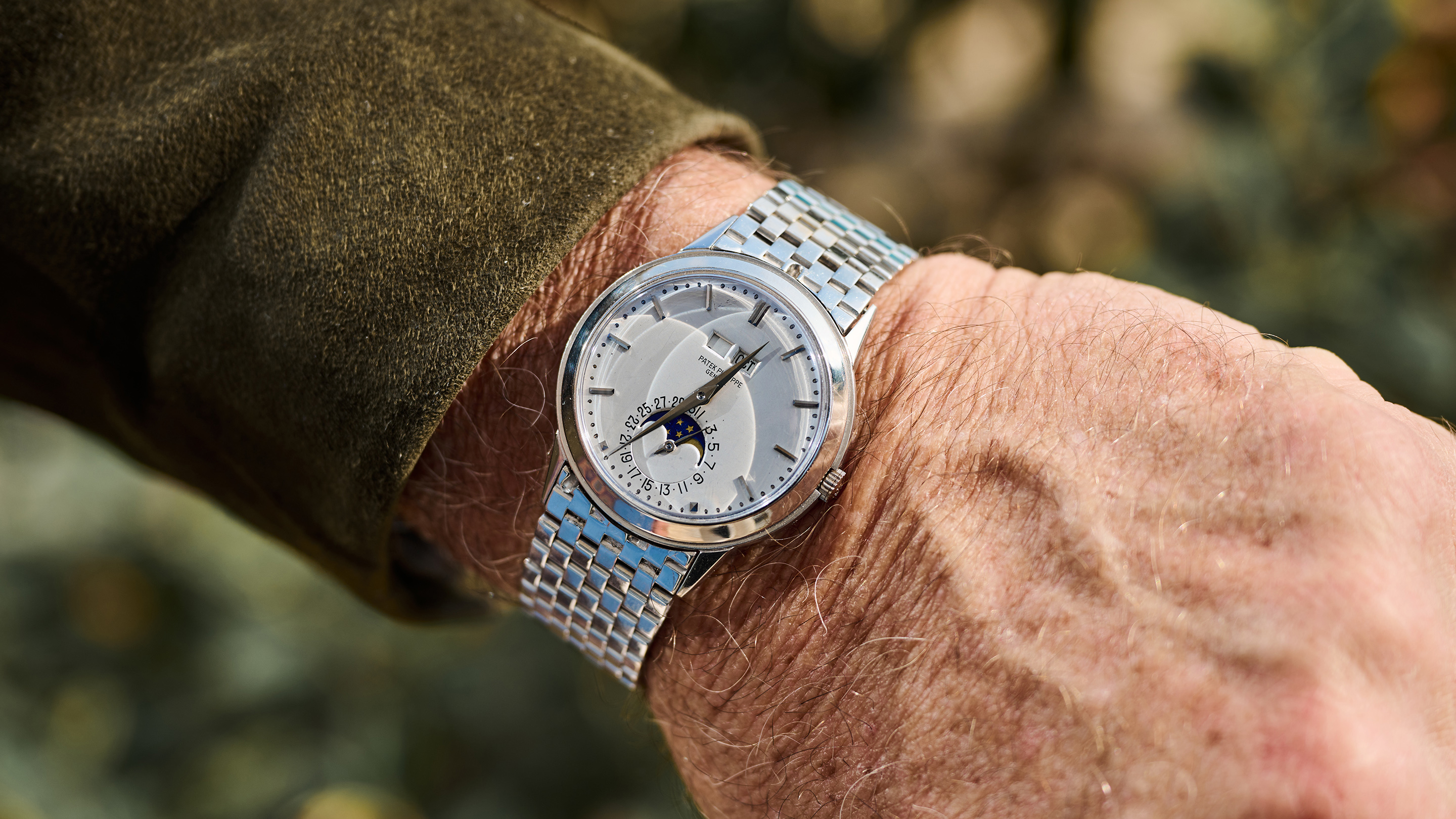


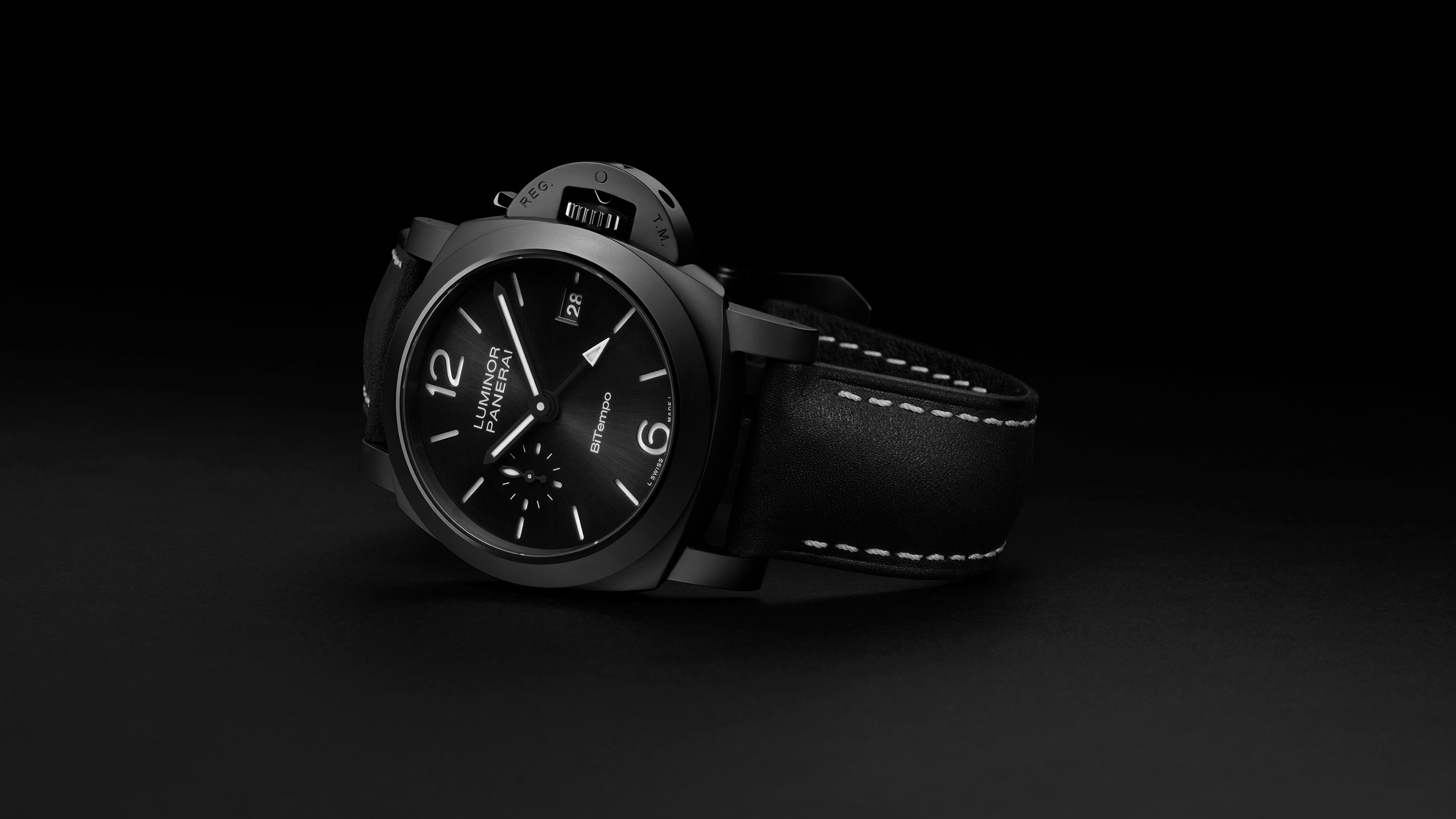



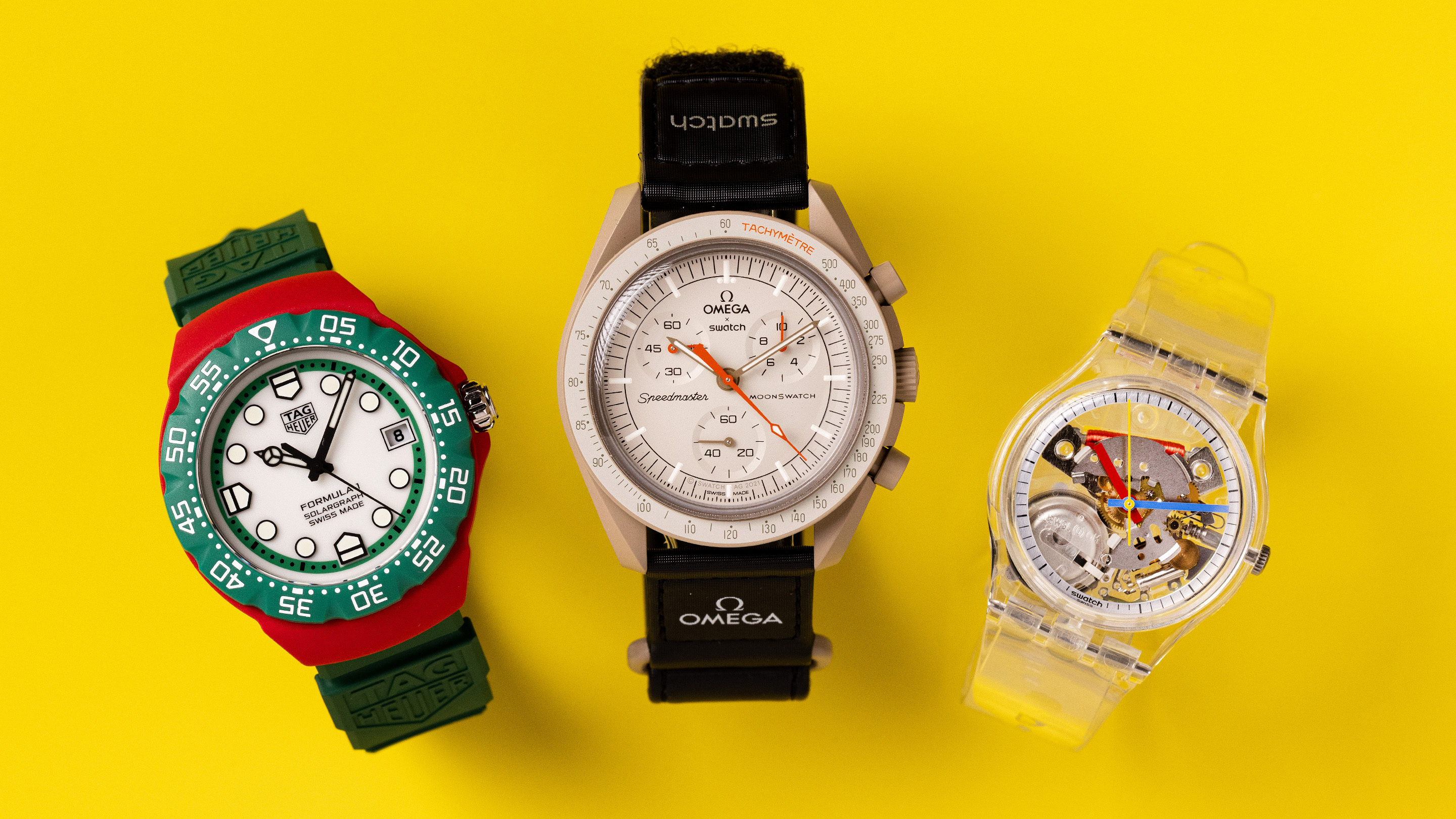




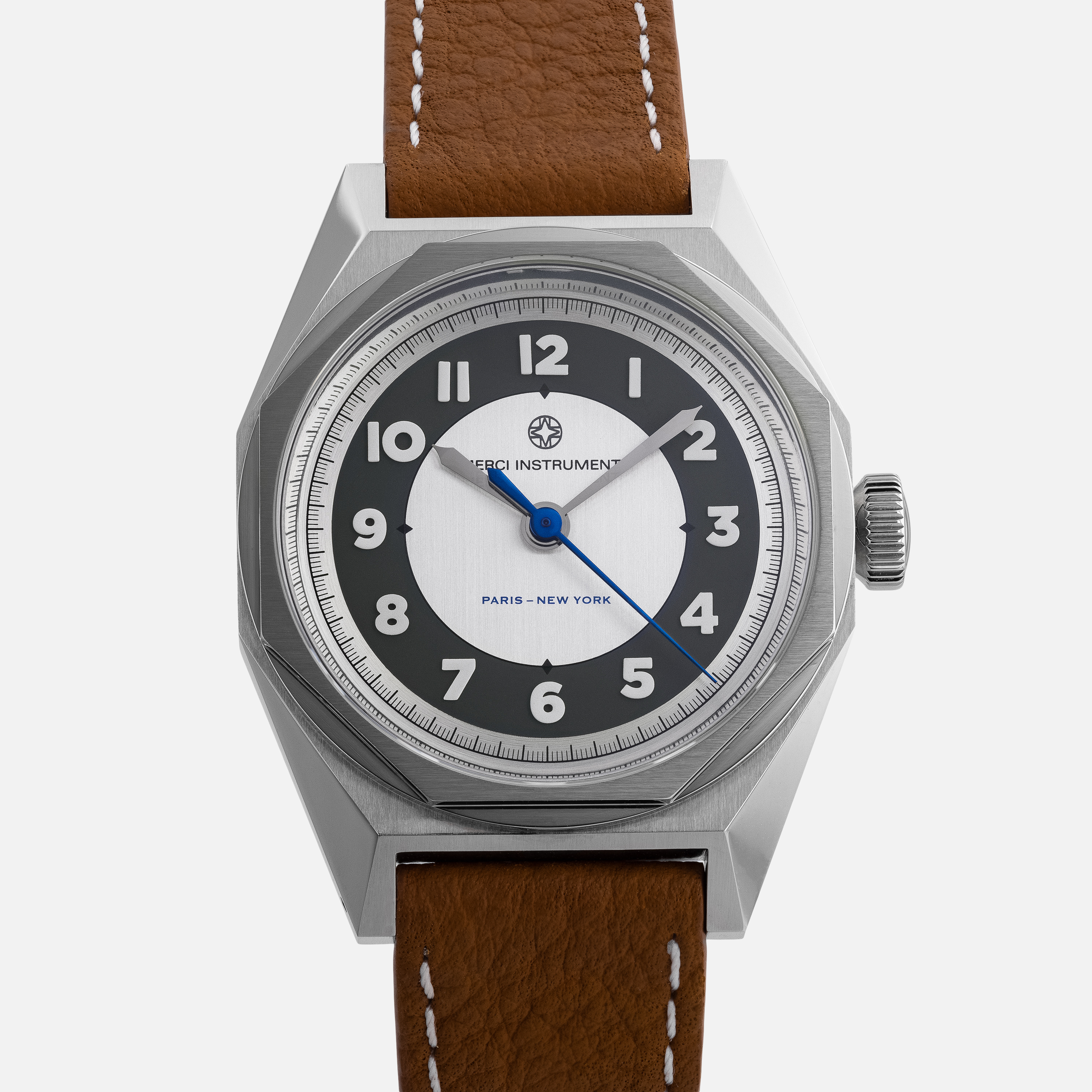
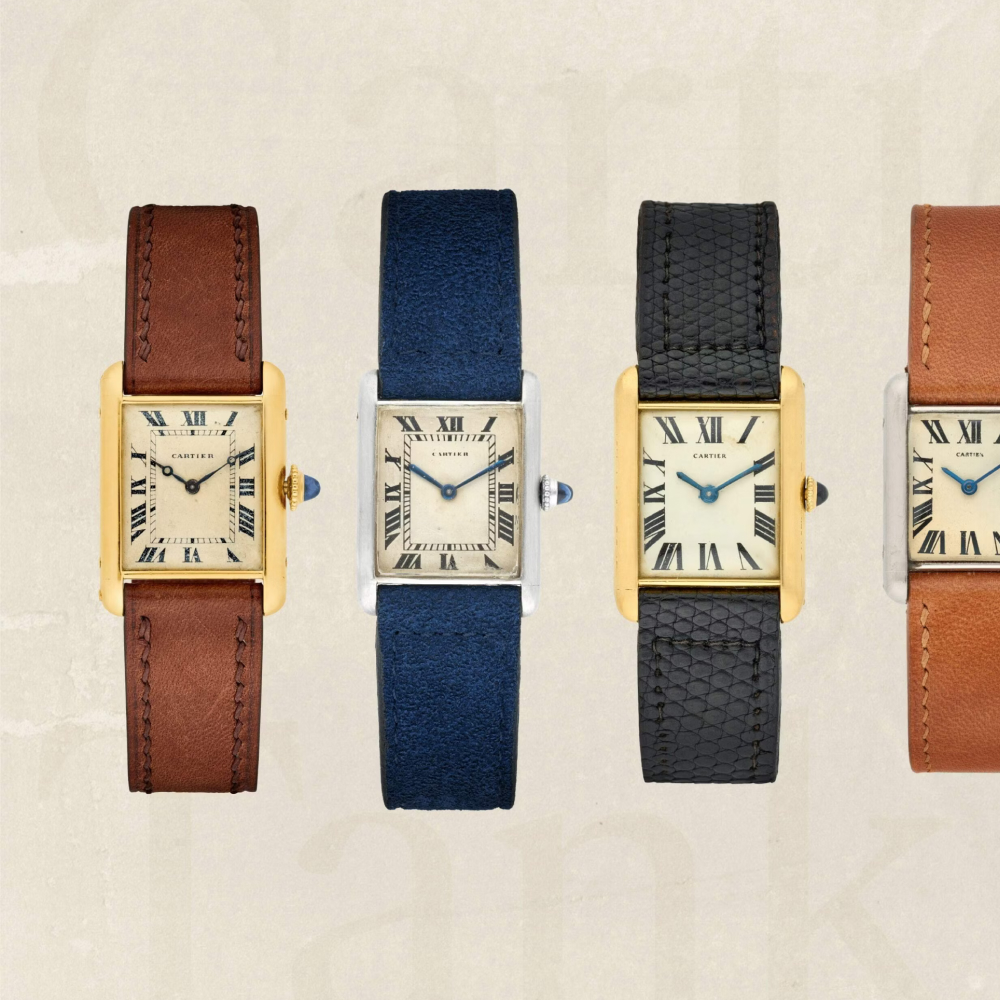







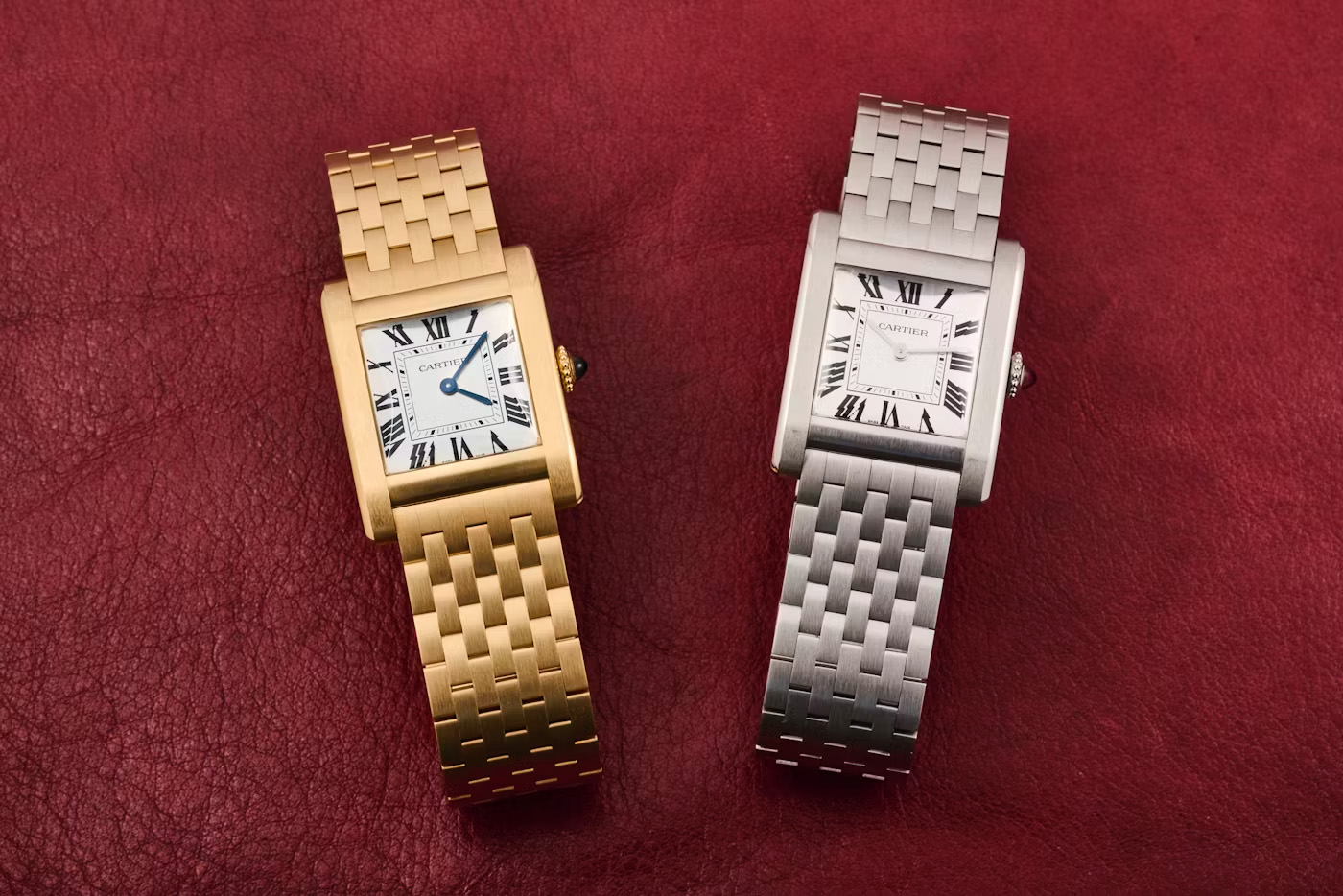





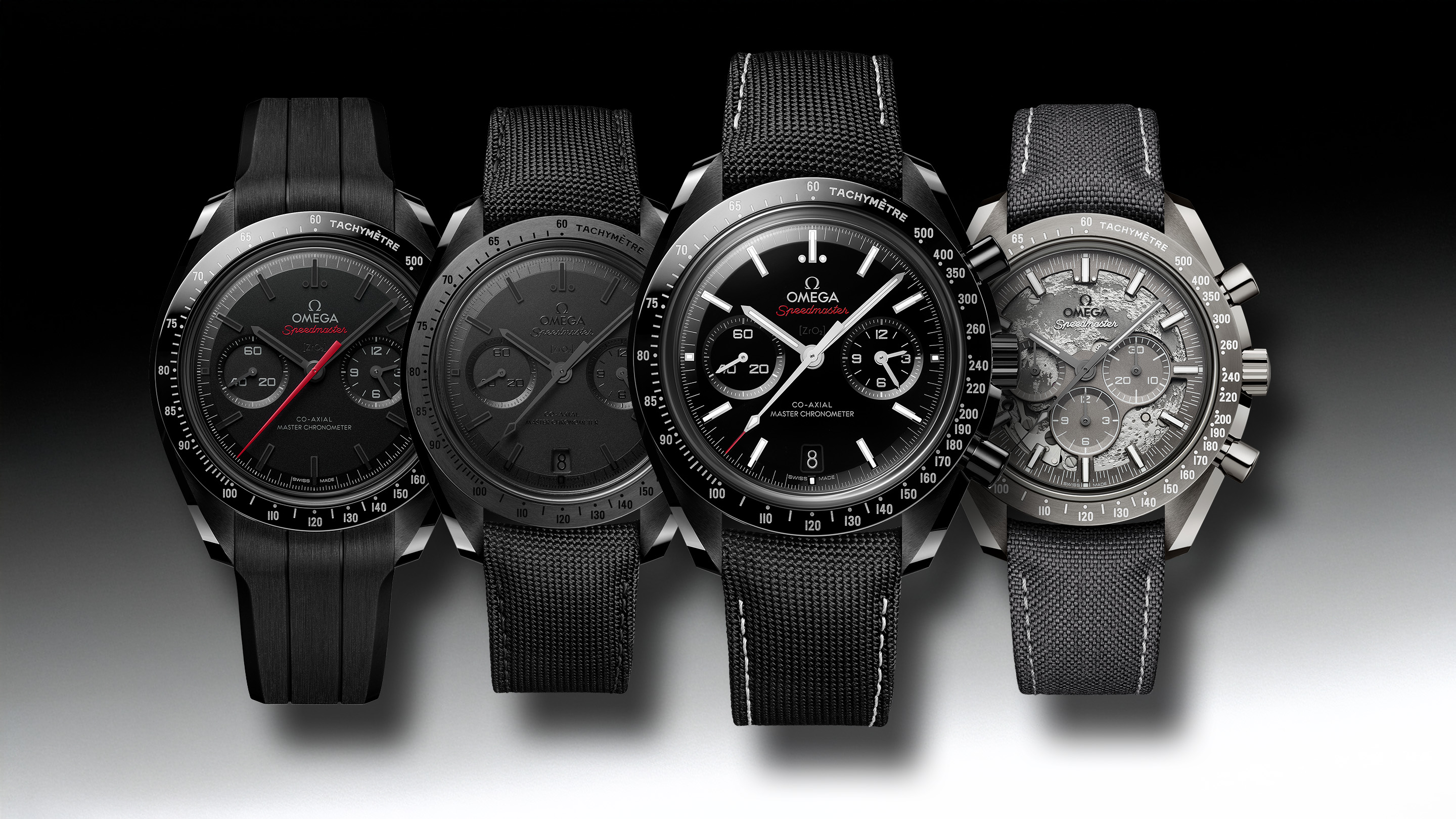
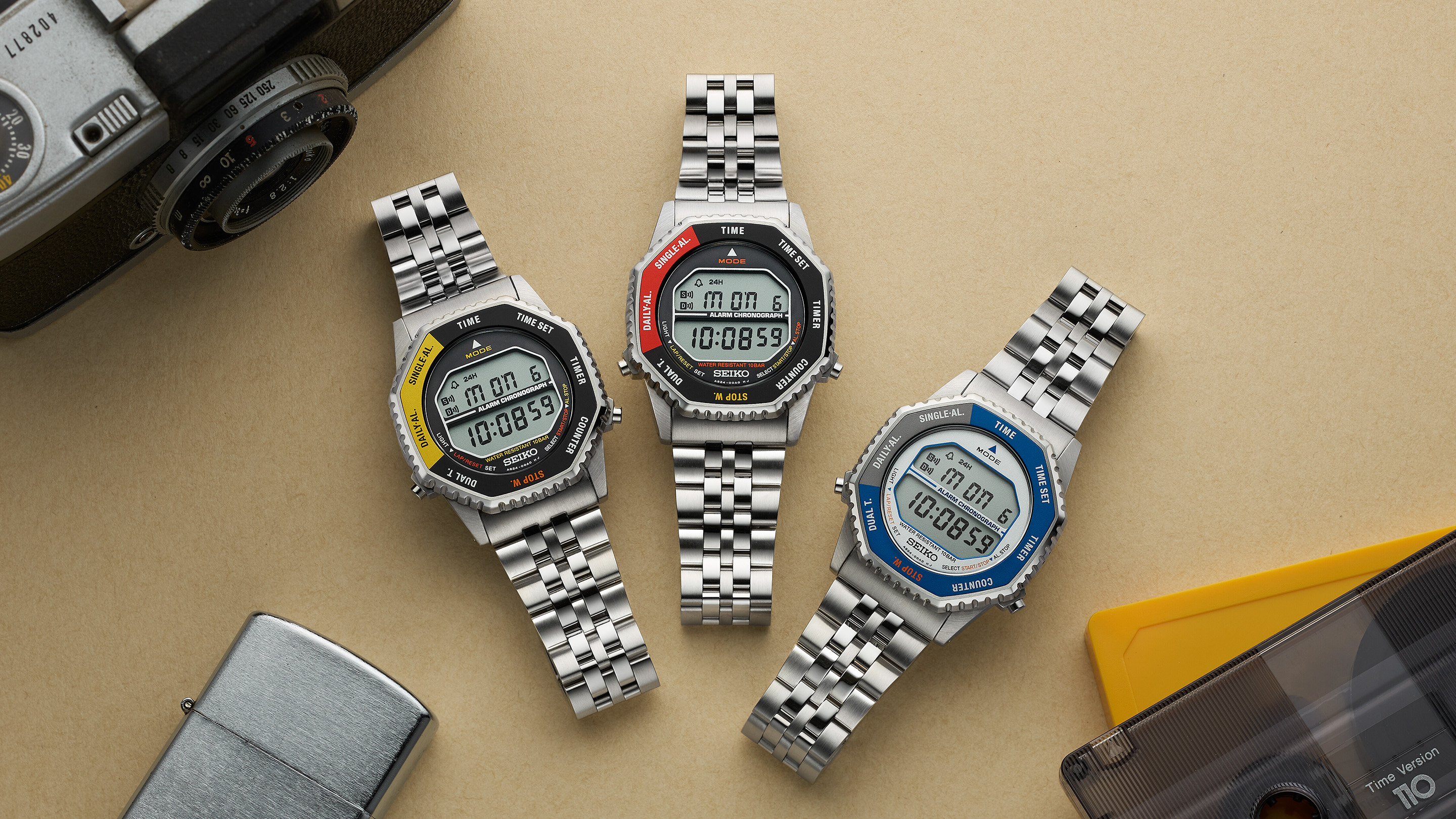


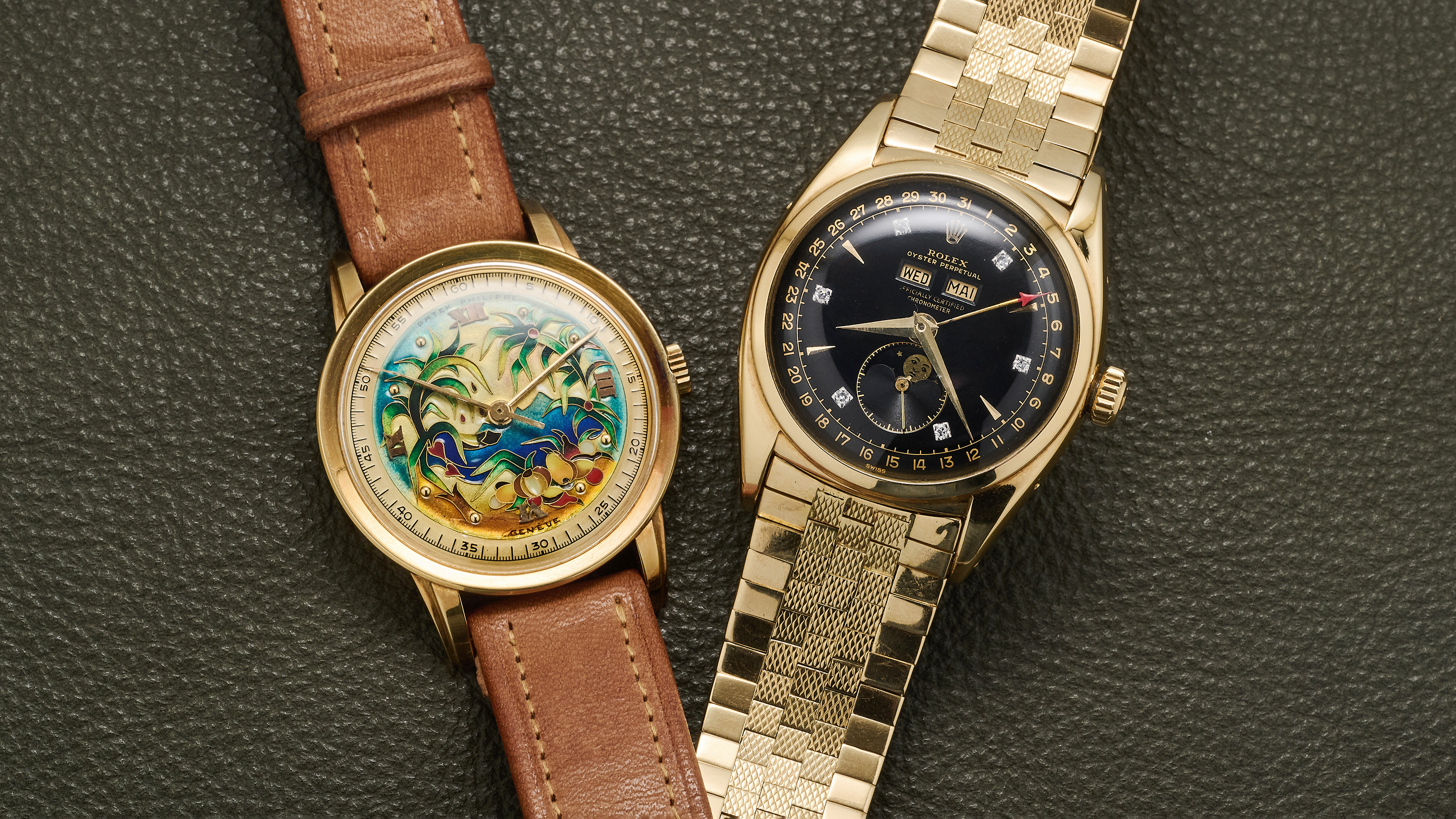
Top Discussions
Hands-OnSwatch 'What If…Tariffs?' A Bioceramic Take On A Watch You Can Only Buy In Switzerland
IntroducingPanerai Luminor GMT Ceramica PAM01460
Photo ReportParis Fashion Week 2025